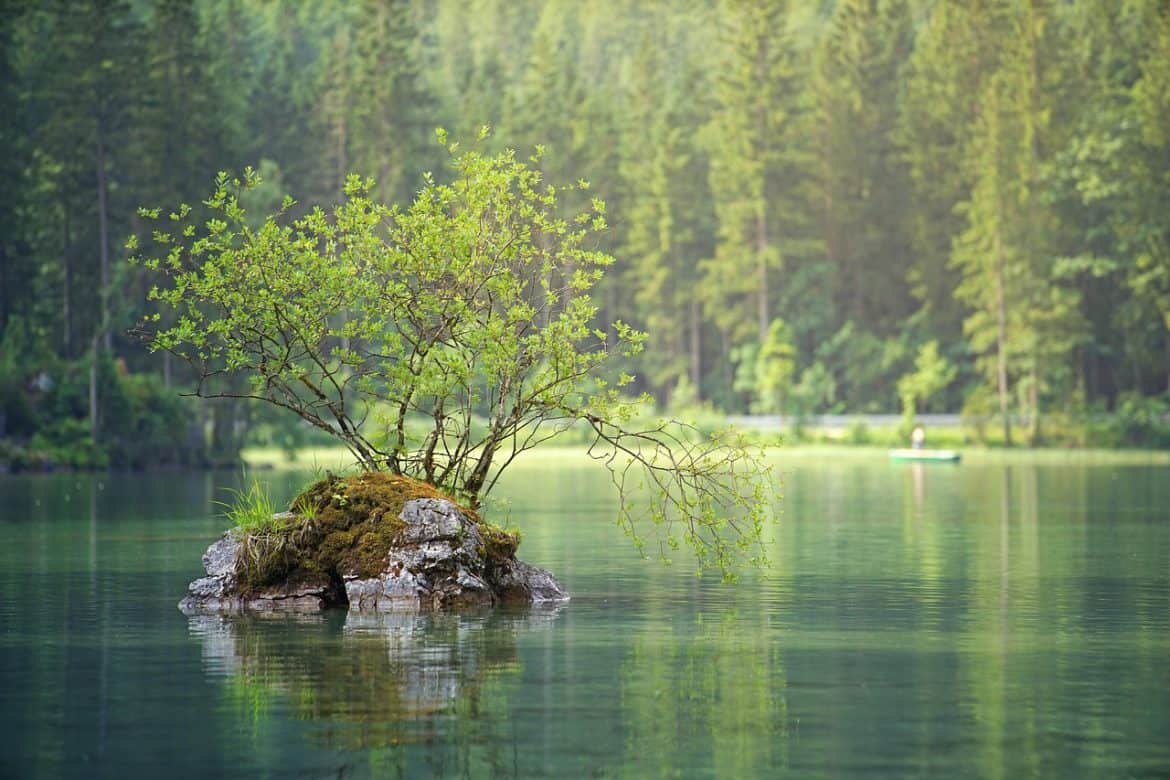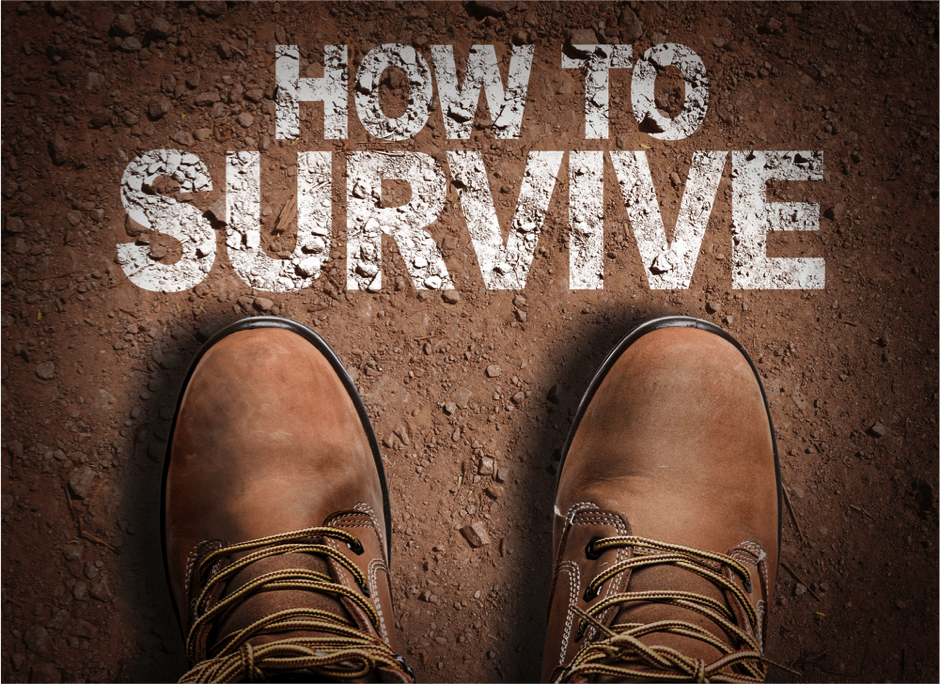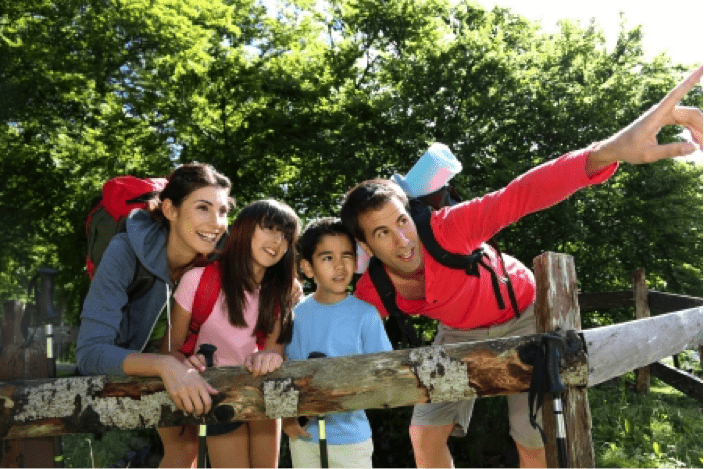Only a very few people can survive the wild these days without the modern convenience, such as electricity and electronic gadgets, mobile devices. Although some can still survive without this modern equipment, nobody can survive without water. Needless to say, water is highly essential for survival. Yes, you can package some water along with you […]
Category: Outdoor Skills | Survival
Learning Survival from Books: 6 Best Books to Start
Are you making your first steps in the world of survivalism? If so, learning survival from books in the very beginning makes a lot of sense. Books are essential to proper training. The knowledge within them can guide your personal experiences and prevent mistakes. Nothing beats practical experience with a good instructor, but that is […]
Top 20 Survival Skills a Kid Should Know
By nature, a child likes to play around, do things on their own, sometimes lousy and even think they are old enough. Because all children are different, they exhibit different types of capabilities and skills. Remember, children have great individual variations of temperament, development and behavior.Every prepper plans and strategize for disasters but an […]
Top 6 Winter Survival Skills May Make The Difference Between Life And Death
An individual without any home will find it really challenging to lead a life without any struggle. Moreover, during the wintertime, it becomes really troublesome to spend the night on the streets. The situation can become even worse if it is required to spend several nights outdoors in wintertime. It would be a real life […]
Outdoor Survival Skills
Many people might want to know what exact situation dictates or demands outdoor survival skills. Well, to my opinion, I think that first and foremost the way to approach death is asking what the definition of emergency is. Knowing that an emergency is an unplanned event that requires immediate action. However, it will be safe […]





